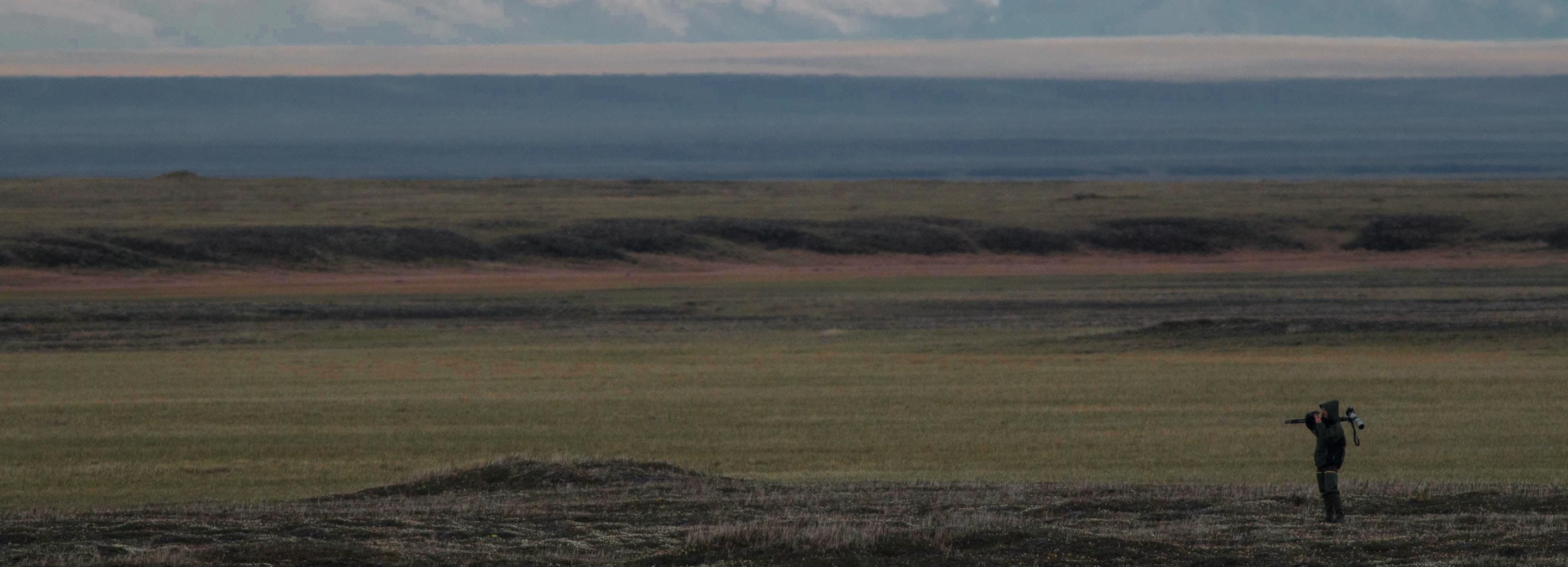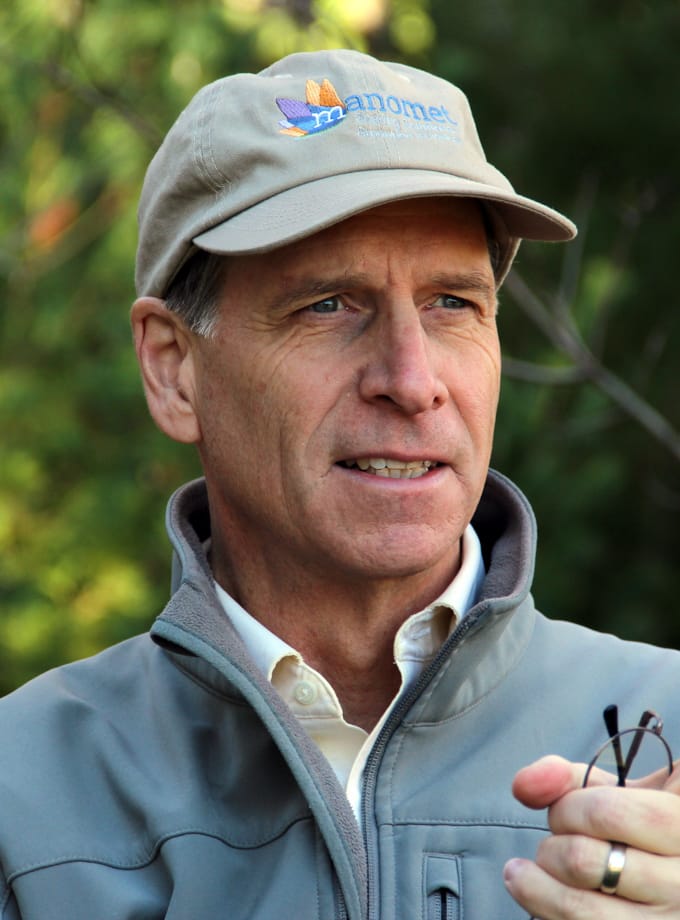One of the best marketing lines I ever heard came from none other than Manomet Bird Observatory (MBO) in 1987.
The cover of the MBO brochure read, “To find answers to some of today’s tough conservation questions… somebody should have begun the research years ago.” I thought the next line was brilliant. It read simply: Somebody did.[1]
Although a great marketing pitch for science, it was also a true statement. Too often we wish we had a valid reference point to measure how the natural world has changed.
A recent story in the Alabama press reminded me of the genius of MBO’s pitch almost 30 years ago. The article reported that The National Fish and Wildlife Foundation, a multi-decade funder of Manomet, has just awarded a $1.4M grant to Mobile Bay chapters of the Audubon Society for monitoring shorebirds along the Alabama coast.[2] The funds came from the BP Deepwater Horizon Oil Spill settlement. The spill occurred six years ago, April 20, 2010.
One of the big challenges with assessing the damages of the oil spill was that we had such a poor understanding of bird populations along the coast in advance of the spill. BP lawyers used the lack of baseline data as a mechanism to cast doubt on the extent of the damages. To be honest, scientifically, it’s not an illogical argument. Ethically, perhaps it’s another matter.
Manomet’s International Shorebird Survey (ISS), started by Brian Harrington over a decade before that great MBO brochure was conceived, has been the best available source of long-term data on shorebird populations in North America. Today, ISS is figuring prominently in a plan to ramp up more thorough monitoring of the north Gulf Coast.
Basic population assessments are some of the most avoided types of biology research. Scientists prefer to test hypotheses, and scientific journals prefer to publish the same. Descriptive studies, such as basic population monitoring, are given short shrift. And yet in a rapidly changing world, one could argue the most important work to be done is basic monitoring. How else are we supposed to understand the impact we have on the world? The BP spill is a case in point. If we don’t understand our impact on the things we cherish about the natural world, they could vanish quite literally before we know it.
This is why our landbird program, which has been monitoring migratory birds using the exact same methods for nearly 50 years, is so important. It’s why our pioneering shorebird surveys of the North Slope of Alaska, and now in the Yukon Delta, are so valuable. Without a yardstick, we’re operating the planet in the blind.
Indeed, somebody should have started this work long ago. Somebody did.
[1] Thanks to Jennie Robbins and Kim Goggin for locating a hard copy of Manomet’s 1987 brochure in the archives (i.e., the closet).





 Back to all
Back to all
